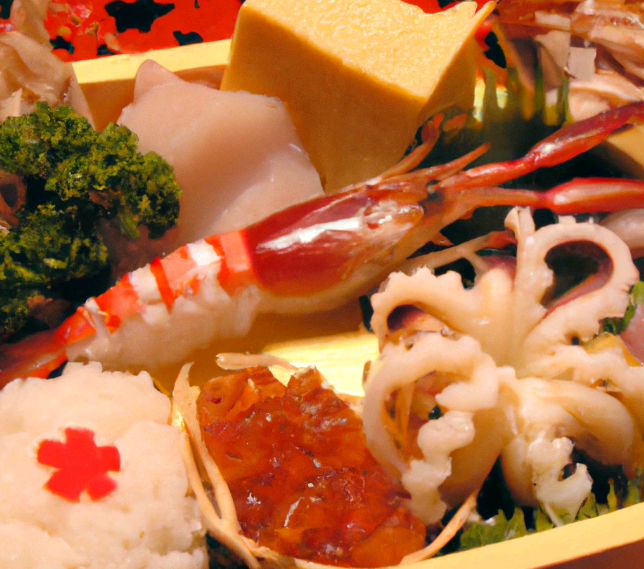The Fifth Taste: Unveiling the Power of Umami

<h2>The Fifth Taste: The Power of Umami</h2>
<h3>Introduction</h3>
Umami, the fifth taste, has gained significant recognition for its ability to enhance flavors and create a more balanced taste profile. This article will delve into the concept of umami, its role in cooking, and its potential health benefits.
<h3>What is Umami?</h3>
Umami, meaning “essence of deliciousness” in Japanese, is a distinct taste that complements the traditional four basic tastes: sweet, sour, bitter, and salty. Umami taste receptors on the human tongue detect glutamate and nucleotides, which are chemical compounds present in various foods.
<h3>Umami-rich Foods</h3>
Numerous foods are naturally rich in umami, including mushrooms, tomatoes, soy sauce, Parmesan cheese, and seaweed. These ingredients are commonly used in various cuisines to enhance the overall flavor of dishes.
<h3>The Science Behind Umami</h3>
Umami is primarily caused by the presence of glutamate, an amino acid, and nucleotides, which are found in RNA and DNA. When these compounds interact with umami taste receptors, they trigger a cascade of signals that create a savory, mouthwatering sensation.
<h3>Umami in Cooking</h3>
Incorporating umami flavors into cooking can elevate the taste of dishes. Umami-enhancing ingredients include fish sauce, miso paste, and dashi. These ingredients can be added to soups, sauces, marinades, and other dishes to enhance their flavor depth.
<h3>Health Benefits of Umami</h3>
Umami has been linked to several potential health benefits. Studies suggest that umami may improve digestion, reduce sodium intake, and regulate appetite. However, more research is needed to fully understand the health implications of umami.
<h3>Umami in Popular Culture</h3>
Umami has become increasingly popular in the culinary world. Chefs and food enthusiasts are experimenting with umami-rich ingredients and creating dishes that emphasize the savory, mouthwatering taste.
<h3>Umami and Food Pairings</h3>
Umami flavors pair well with a variety of foods. For example, tomatoes and Parmesan cheese complement each other in dishes like pasta and pizza. Soy sauce and miso paste enhance the flavors of Asian cuisine.
<h3>Conclusion</h3>
Umami, as the fifth taste, plays a crucial role in enhancing flavors and creating a balanced taste profile. Its presence in various foods and its potential health benefits make it an important aspect of culinary arts and nutrition. By exploring umami flavors and incorporating them into cooking, individuals can elevate their culinary experiences and potentially improve their overall well-being.
<h3>References</h3>
- Umami: The Fifth Taste
- What is Umami? | Everything about umami | Umami | Ajinomoto Group Global Website – Eat Well, Live Well.
- Umami: The Fifth Taste
FAQs
;
What is umami?
Umami is the fifth basic taste, described as savory or meaty. It is caused by the presence of glutamate and nucleotides in foods.
How does umami work?
Umami taste receptors on the tongue detect glutamate and nucleotides, triggering a cascade of signals that create a savory, mouthwatering sensation.
What foods are rich in umami?
Umami-rich foods include mushrooms, tomatoes, soy sauce, Parmesan cheese, seaweed, fish sauce, miso paste, and dashi.
How can I incorporate umami into my cooking?
Add umami-rich ingredients to dishes, such as mushrooms, tomatoes, soy sauce, or miso paste. These ingredients can enhance the overall flavor depth and savoriness.
What are the health benefits of umami?
Umami may improve digestion, reduce sodium intake, and regulate appetite. However, more research is needed to fully understand the health implications of umami.
Is umami the same as MSG?
No, umami is not the same as MSG (monosodium glutamate). MSG is a pure form of glutamate that is often used as a flavor enhancer in processed foods. While MSG can contribute to umami, it is not the only source of umami.
Why is umami important in cooking?
Umami enhances flavors and creates a more balanced taste profile. It adds depth and savoriness to dishes, making them more satisfying and enjoyable.
